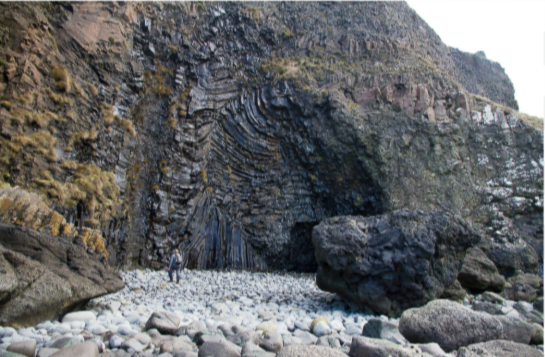3.7 Sea Level Change
What is eustatic change?
When the sea level itself rises or falls
What is isostatic change?
When the land rises or falls relative to the sea.
1/10
There's no tags or description
Looks like no tags are added yet.
Name | Mastery | Learn | Test | Matching | Spaced |
|---|
No study sessions yet.
11 Terms
What is eustatic change?
When the sea level itself rises or falls
What is isostatic change?
When the land rises or falls relative to the sea.
Describe processes of eustatic change
It is global, and happens when ice sheets either melt or form, changing the volume of water in the oceans.
Describe processes of isostatic change
The enormous weight of ice sheets makes land sink during glacial periods (isostatic subsidence). After it has melted the land readjusts and rises (isostatic recovery)
How is land in the north and west of the UK undergoing isostatic change?
This land was covered by ice sheets during the last Ice Age, and is still rising as a result of isostatic recovery.
How is the land in the south and east of the UK affected by isostatic change?
It is sinking, as a result of isostatic recovery and of the weight of sediment brought by rivers.
How does past tectonic activity have an impact on coasts around the world?
The uplift of mountain ranges and coastal land at destructive and collision margins, and local tilting of the land.
What is an emergent coastline?
Land that has previously been submerged that has risen either due to a fall in sea level or uplift
What are emergent coastline landforms?
Raised beaches— they have emerged due to fall in sea level or rise of land. E.g. Fife, Scotlant
Fossil cliffs— a steep slope found at the back of a raised beach exhibiting evidence of formation through marine erosion but now above high tide level. E.g. Ayrshire, Scotland (see image)

What is a submergent coastline?
Land that sinks relative to the sea level. This is due to rising sea levels or sinking of the land, either due to isostatic recovery or the weight of sediment.
What are submergent coastline landforms?
Rias— these are sheltered winding inlets with irregular shorelines, and form when valleys in a dissected upland area are flooded. E.g. Kingsbridge Estuary, England.
Dalmatian coasts— the rivers flow almost parallel to the coast, rather than at right angles to it, which gives it the characteristic long and narrow islands. E.g. Dalmatian Coast, Croatia.
Fjords— formed when deep glacial troughs are flooded by a rise in sea level. They are long and steep sided, with a U-shaped cross-section and hanging valleys. They are much deeper inland than they are at the coast. E.g. Milford Sound, New Zealand.